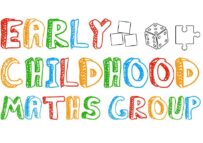Using ‘maths talks’ with children


Maths talks are episodes of mathematical interaction. Maths talks are more successful when adults show genuine interest in the child’s ideas and avoid showing disapproval or preferences for certain ideas over others. We need to follow where the child leads with their thought process, using opportunities to introduce new vocabulary and engage in shared language development. In this way, maths talk is a journey of thinking where ideas are created and unfold as we talk.
Provocations and prompt questions, such as “What is the same?”, “What is different?”, “What doesn’t belong? Why?” help to draw out children’s thinking and reasoning, for the benefit of the adult, the learner and any other children who happen to be listening. It is important to remember that communicating understanding is not always done through talk. We need to look out for learning being communicated through gesture (such as motioning to indicate size or shape, or fingers to communicate number.) or facial expression (such as surprise responses to size). With lots of opportunities, sophisticated discussions and interactions can soon emerge.
So, maths talks can happen at any time and in any environment. They might be planned by an adult but most occur spontaneously during play and everyday activities. Our everyday world is full of opportunities and possibilities for mathematics talk. Even walking down the street provides opportunities to talk about patterns in the railings or in the pavement as we walk along or to notice the shapes and sizes of windows and the number of plant pots on a window ledge. The early years setting has very many opportunities for maths talks.
